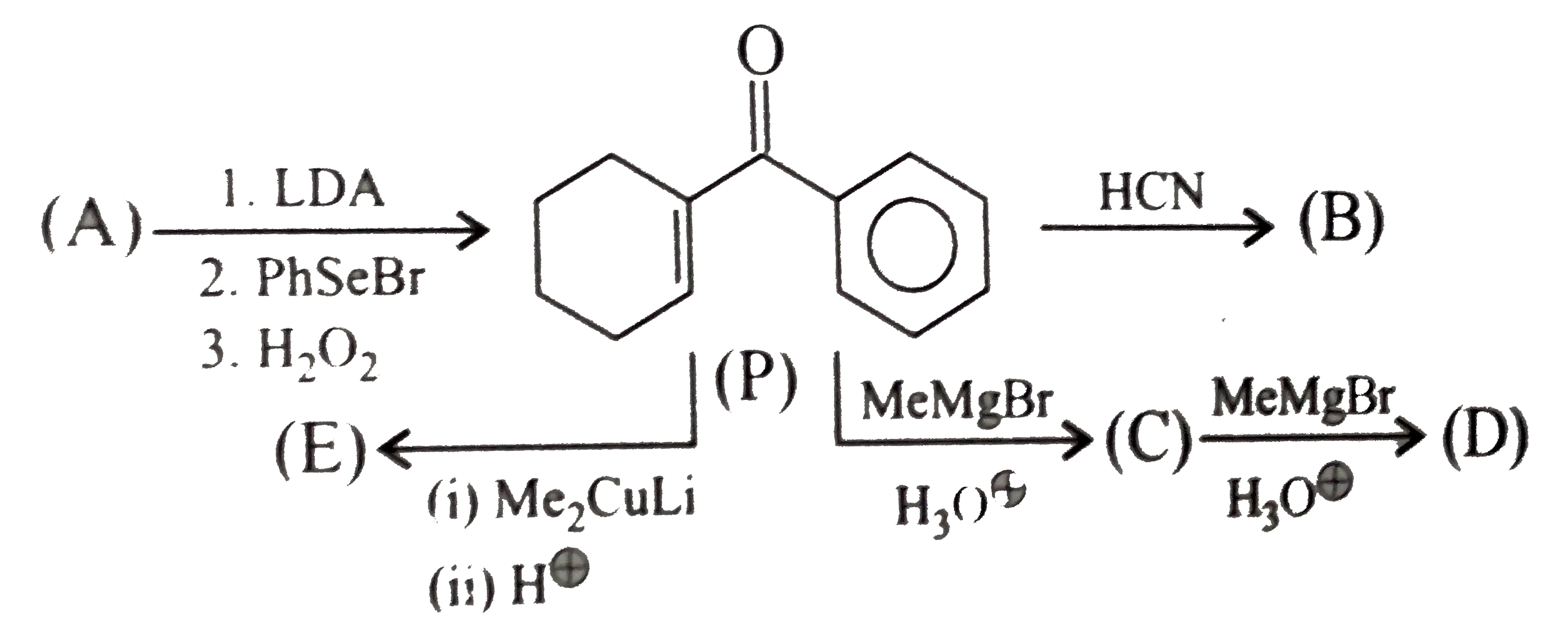Which of the following statements is (are) wrong ?
A
Lime juice is acidic in nature.
B
Turmeric cannot be used as an indicator by a visally impaired student.
C
Higher the pH, stronger is the acid.
D
Calcium phosphate present in tooth enamel is basic in nature.
Video Solution
Text Solution
The correct Answer is:C
|
Answer
Step by step video, text & image solution for Which of the following statements is (are) wrong ? by Chemistry experts to help you in doubts & scoring excellent marks in Class 10 exams.
Updated on:21/07/2023Topper's Solved these Questions
- ACIDS , BASES AND SALTSBOOK - BHARATI BHAWAN (ENGLISH)CHAPTER - ACIDS , BASES AND SALTSEXERCISE - Very Short Answer Question
14 Videos
- ACIDS , BASES AND SALTSBOOK - BHARATI BHAWAN (ENGLISH)CHAPTER - ACIDS , BASES AND SALTSEXERCISE - Short-Answer Questions
14 Videos
- ACIDS , BASES AND SALTSBOOK - BHARATI BHAWAN (ENGLISH)CHAPTER - ACIDS , BASES AND SALTSEXERCISE - Mark the statements True (T) or False (F)
10 Videos
- ACIDS, BASES AND SALTSBOOK - BHARATI BHAWAN (ENGLISH)CHAPTER - ACIDS, BASES AND SALTSEXERCISE - LONG ANSWER QUESTIONS
9 Videos
Similar Questions
Knowledge Check
Which of the following statement is //are wrong ?
AIf the value of l=0, the electron distribution in sphericalBThe shape of the orbital is given by magnitic quantum numberCThe angular momentum of 1s2sand3s electron are equalDIn an atom all electron travel with the same velocity
Which of the following statement is/are wrong ?AFormation of B is called 1,4-addition.B(D) can further react with 1 mol of MeMgBr.CCompound (E ) is o- and p-directing towards SE (substitution byelectrophile) reaction.DDuring the formation of (E ) one of the processes is tautomerism.Which of the following statement is/are wrong?
ABeilstein test is a reliable test for halogens in organic compounds.BIn Lassaigne's test for N, Prussian blue colour is due to the formation of ferro-ferri cyanide.CWhen FeCl3 solution is added to the Lassaigne's extract, a blue solution is obtained which indicates the presence of both N and S.DMolecular mass of an acid = Equivalent mass × acidity
